Home>Construction & Tools>Building Materials>How To Replace Windows On A Brick House
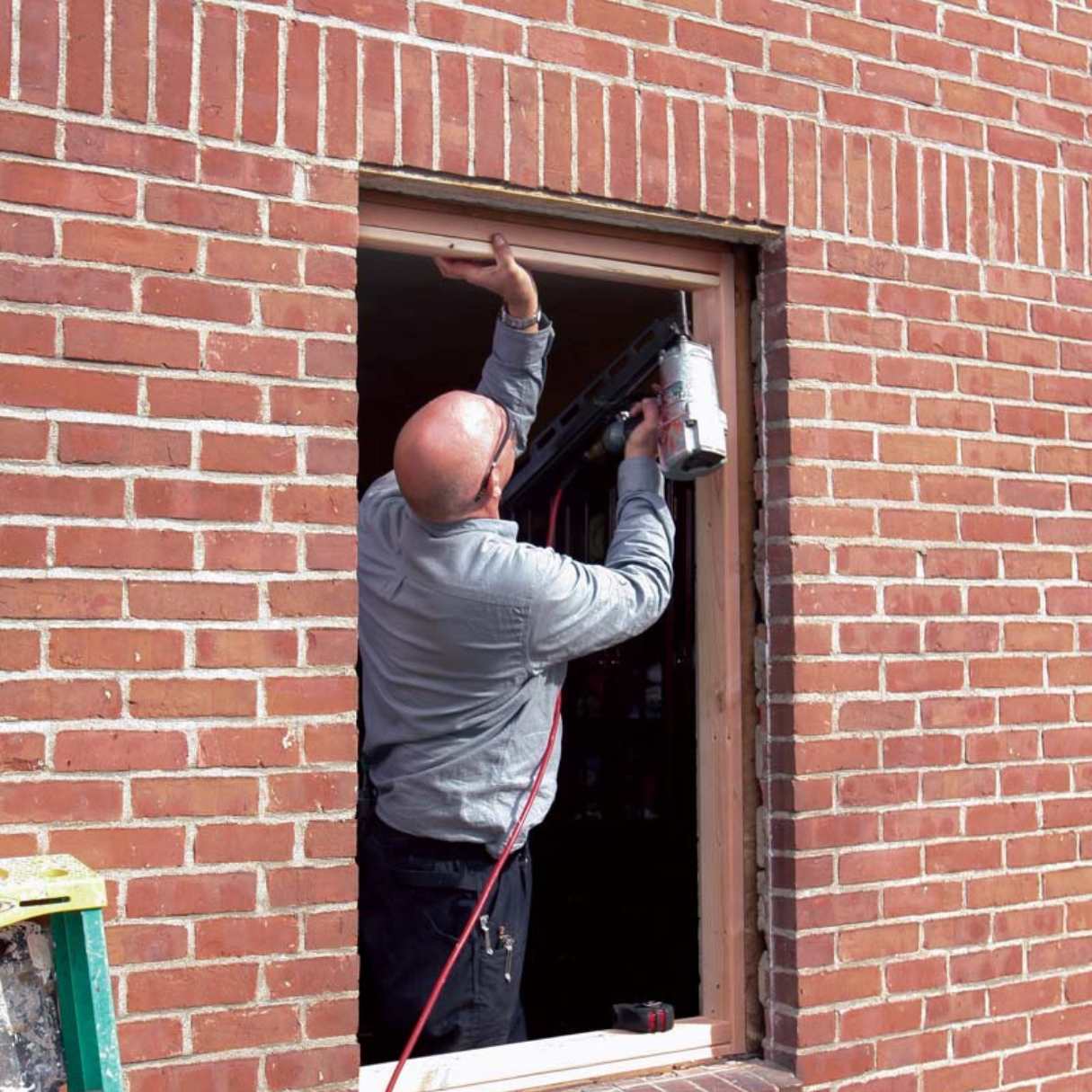

Building Materials
How To Replace Windows On A Brick House
Modified: February 18, 2024
Learn how to replace windows on a brick house with the right building materials. Our expert guide will help you tackle this project with confidence.
(Many of the links in this article redirect to a specific reviewed product. Your purchase of these products through affiliate links helps to generate commission for Storables.com, at no extra cost. Learn more)
Introduction
When it comes to upgrading your home, few projects have the potential to transform its appearance and functionality as dramatically as replacing the windows. Whether you're seeking to enhance energy efficiency, curb appeal, or simply update the look of your brick house, new windows can make a significant difference. However, the process of replacing windows on a brick house requires careful consideration and precise execution to ensure a successful outcome.
In this comprehensive guide, we'll walk you through the essential steps of replacing windows on a brick house. From assessing the condition of your current windows to the final finishing touches, we'll cover everything you need to know to tackle this project with confidence. By the end of this article, you'll be equipped with the knowledge and insights to embark on this endeavor and achieve impressive results.
Before diving into the practical aspects of window replacement, it's important to understand the significance of this project. Windows play a crucial role in the overall aesthetics, insulation, and functionality of a home. Upgrading your windows can not only enhance the visual appeal of your brick house but also contribute to improved energy efficiency and comfort. Additionally, modern windows often come with advanced features such as UV protection, noise reduction, and enhanced security, adding further value to your home.
As we delve into the detailed steps of replacing windows on a brick house, keep in mind that this project requires careful planning, attention to detail, and a willingness to follow best practices. While it may seem daunting at first, with the right guidance and a methodical approach, you can successfully navigate the process and enjoy the rewards of revitalizing your home. So, let's embark on this journey together and uncover the secrets to achieving a seamless and effective window replacement on your brick house.
Key Takeaways:
- Assess the condition of your existing windows and gather the necessary tools and materials before replacing windows on a brick house. Thorough planning and attention to detail are crucial for a successful window replacement project.
- Carefully remove the old windows, prepare the window openings, and install the new windows with precision. Proper sealing and insulation are essential for enhancing energy efficiency and longevity.
Assessing the Windows
Before diving into the window replacement process, it’s crucial to assess the condition of your existing windows. This step will help you determine the scope of the project and identify any potential challenges that may arise during the replacement process.
Start by examining each window closely, both from the interior and exterior of your brick house. Look for signs of damage, such as rotting frames, cracked glass, or difficulty in opening and closing the windows. Additionally, check for air leaks or drafts around the window frames, as these issues can significantly impact your home’s energy efficiency.
As you assess the windows, take note of their dimensions and the type of window openings. Understanding the size and style of your current windows will guide you in selecting the right replacements. Moreover, consider the architectural style of your brick house and how the new windows can complement its overall design aesthetic.
If your windows exhibit extensive damage or signs of deterioration, it’s advisable to consult with a professional contractor or window specialist. They can provide valuable insights and recommend the most suitable replacement options based on your specific needs and the structural requirements of your brick house.
Furthermore, assess the environmental factors surrounding your home, such as sun exposure and prevailing weather conditions. This evaluation will help you choose windows with appropriate glazing and insulation properties to optimize energy efficiency and comfort within your brick house.
By thoroughly assessing the condition of your existing windows and considering the unique characteristics of your brick house, you’ll be better prepared to proceed with the subsequent steps of gathering tools and materials, removing the old windows, and ultimately installing the new windows with confidence and precision.
Gathering Tools and Materials
Before commencing the window replacement project, it’s essential to gather the necessary tools and materials to ensure a smooth and efficient process. Having the right equipment at your disposal will not only streamline the installation but also contribute to the overall quality and longevity of the new windows.
Here’s a comprehensive list of tools and materials you may need:
- Measuring Tape: Accurate measurements are crucial for ordering the correct-sized replacement windows. A reliable measuring tape will help you determine the precise dimensions of the window openings.
- Screwdriver and Drill: These tools are essential for removing the existing window hardware, such as hinges and locks, as well as for securing the new windows in place.
- Pry Bar: A pry bar will aid in carefully removing the old window frames and trim without causing damage to the surrounding brickwork.
- Caulk Gun and Sealant: High-quality caulk and sealant are necessary for sealing gaps and ensuring a weather-tight fit between the new windows and the brick openings.
- Shims: These thin, wedge-shaped pieces are used to level and secure the new windows within the openings, providing stability and insulation.
- Insulation Material: Opt for insulating foam or fiberglass insulation to fill any gaps around the windows and prevent air infiltration.
- Safety Gear: Prioritize safety by wearing protective gloves, goggles, and a dust mask to shield yourself from debris and potential hazards during the removal and installation process.
- New Windows: Select high-quality replacement windows that are specifically designed for brick house installations. Consider factors such as energy efficiency, durability, and aesthetic appeal when choosing the new windows.
Before purchasing the replacement windows, consult the measurements obtained from your initial assessment to ensure a precise fit. Additionally, inquire about any specific installation requirements or recommendations provided by the window manufacturer.
By assembling the appropriate tools and materials ahead of time, you’ll be well-equipped to tackle the window replacement project with confidence and efficiency, setting the stage for a successful and rewarding home improvement endeavor.
Removing the Old Windows
As you embark on the window replacement journey for your brick house, the meticulous removal of the old windows is a critical phase that sets the stage for the installation of new, improved windows. This process demands patience, precision, and attention to detail to ensure the integrity of the surrounding brickwork and the smooth transition to the new windows.
Here’s a step-by-step guide to effectively removing the old windows:
- Prepare the Work Area: Clear the space around the windows, both inside and outside, to create a safe and unobstructed working environment. Remove any window treatments, hardware, and obstacles that may impede the removal process.
- Detach the Trim and Sashes: Using a pry bar and appropriate tools, carefully detach the trim and sashes surrounding the windows. Exercise caution to avoid damaging the brickwork or adjacent surfaces during this step.
- Unscrew and Remove the Window Frame: Utilize a screwdriver or drill to loosen and remove the screws securing the window frame in place. With the assistance of a partner, carefully lift and extract the old window frame from the brick opening, taking care to avoid undue strain on the surrounding structure.
- Clean and Inspect the Opening: Thoroughly clean the exposed brick opening, removing any debris, old caulk, or remnants of the previous window installation. Take this opportunity to inspect the condition of the brickwork and address any issues that may affect the installation of the new windows.
- Assess the Frame Condition: Examine the window frame for any signs of damage, rot, or deterioration. If the frame exhibits extensive wear, consider consulting a professional to determine if repairs or replacements are necessary to ensure the structural integrity of the window opening.
Throughout the removal process, prioritize caution and precision to minimize disruption to the brickwork and surrounding areas. By methodically executing each step and paying attention to detail, you’ll pave the way for a seamless transition to the installation phase, where the new windows will breathe fresh life into your brick house.
Preparing the Window Openings
With the old windows successfully removed, the next crucial phase in the window replacement process involves preparing the window openings to accommodate the installation of the new windows. This preparatory stage is instrumental in ensuring a secure, weather-tight fit for the replacements, while also addressing any underlying issues that may impact the functionality and longevity of the new windows.
Here are the essential steps for preparing the window openings:
- Clean and Inspect the Openings: Thoroughly clean the exposed brick openings, removing any debris, dust, or remnants of the previous window fixtures. Inspect the condition of the brickwork, paying close attention to signs of moisture infiltration, cracks, or structural concerns that may require attention before proceeding with the installation.
- Address Moisture and Damage: If any signs of moisture infiltration or damage are detected, take the necessary measures to remedy these issues. Repair any cracks or deteriorated mortar joints in the surrounding brickwork, and ensure that the window openings are structurally sound and free from potential water ingress points.
- Check for Level and Square: Use a level and framing square to verify that the window openings are perfectly level and square. This step is crucial for ensuring the precise fit and alignment of the new windows, which is essential for their proper operation and long-term performance.
- Apply Flashing and Sealant: Install appropriate flashing materials around the perimeter of the window openings to provide an additional layer of protection against water intrusion. Apply a high-quality sealant to seal any gaps or joints, further enhancing the weather resistance of the openings.
- Insert Shims for Alignment: Place shims at strategic points within the openings to ensure that the new windows will be properly aligned and supported. These shims will help maintain the correct positioning of the windows during the installation process, contributing to their stability and insulation.
By meticulously preparing the window openings, you’re laying the groundwork for a successful and enduring window replacement. This phase not only sets the stage for the seamless installation of the new windows but also serves as a proactive measure to address any underlying structural or environmental concerns, ultimately enhancing the overall integrity and performance of your brick house’s windows.
When replacing windows on a brick house, make sure to measure the window openings accurately and choose windows that are the right size and style for your home. It’s also important to hire a professional who has experience working with brick to ensure the job is done correctly.
Read more: How To Install Windows On A Brick House
Installing the New Windows
As you progress through the window replacement project for your brick house, the installation of the new windows marks a pivotal stage where careful precision and attention to detail are paramount. Proper installation is crucial for maximizing the energy efficiency, functionality, and aesthetic appeal of the new windows, ensuring that they seamlessly integrate with your brick house’s architecture.
Here’s a comprehensive guide to effectively installing the new windows:
- Position the Windows: With the assistance of a partner, carefully position the new windows within the prepared openings, ensuring that they are aligned, level, and snugly fit into place. Take your time to achieve the optimal positioning before proceeding with the securing process.
- Secure the Windows: Using screws or nails provided by the window manufacturer, secure the windows in place, starting with the bottom center and gradually progressing to the sides and top. Follow the specific guidelines and recommendations outlined by the window manufacturer to ensure a secure and stable installation.
- Adjust for Proper Operation: Test the functionality of the windows by opening and closing them to ensure smooth operation. Make any necessary adjustments to the hardware or alignment to guarantee that the windows operate effortlessly and provide a tight seal when closed.
- Insulate and Seal: Apply insulating foam or fiberglass insulation around the perimeter of the windows to fill any gaps and enhance the thermal and sound insulation properties. Seal the edges with high-quality caulk to create a weather-tight seal and prevent air infiltration.
- Install Trim and Finish: Complete the installation by adding interior and exterior trim to conceal the gaps between the windows and the brick openings. Ensure that the trim is securely attached and complements the overall aesthetic of your brick house, adding a polished and cohesive finish to the new windows.
Throughout the installation process, maintain a keen eye for detail and precision, ensuring that the new windows are seamlessly integrated into your brick house’s architecture while delivering optimal performance and energy efficiency. By following these steps diligently and adhering to best practices, you’ll bring your window replacement project to fruition, elevating the comfort, appeal, and value of your home.
Sealing and Insulating
Following the installation of the new windows on your brick house, the critical steps of sealing and insulating play a pivotal role in enhancing the energy efficiency, weather resistance, and overall performance of the window replacements. Proper sealing and insulation not only contribute to a comfortable and well-protected living environment but also safeguard the longevity and integrity of the windows and surrounding structures.
Here’s a comprehensive guide to effectively seal and insulate the newly installed windows:
- Apply Exterior Sealant: Utilize a high-quality, weather-resistant sealant to seal the outer perimeter of the windows where they meet the brickwork. This ensures a tight seal against moisture infiltration and provides an additional barrier against the elements.
- Address Interior Gaps: Inspect the interior spaces around the windows for any gaps or openings. Use insulating foam or caulking to fill these gaps, effectively preventing air leaks and bolstering the thermal insulation properties of the windows.
- Install Weather Stripping: Consider adding weather stripping to the operational components of the windows, such as the sashes and frames. This helps create a snug seal when the windows are closed, minimizing drafts and enhancing energy efficiency.
- Optimize Insulation: Evaluate the insulation within the window cavities and surrounding areas. If necessary, supplement the insulation with additional materials to ensure optimal thermal performance and noise reduction, contributing to a comfortable and quiet interior environment.
- Verify Proper Sealing: Conduct a thorough inspection to verify that all gaps, joints, and interfaces around the windows are effectively sealed and insulated. Address any areas that require further attention to maintain a consistent and robust barrier against external elements.
By meticulously sealing and insulating the newly installed windows, you’re fortifying your brick house against external elements while optimizing energy efficiency and comfort within your home. These proactive measures not only enhance the performance and longevity of the windows but also contribute to a more sustainable and enjoyable living environment for you and your family.
Finishing Touches
As the window replacement project nears completion, attending to the finishing touches is essential to elevate the visual appeal, functionality, and overall cohesiveness of the new windows within your brick house. These final details add a polished and harmonious touch, ensuring that the windows seamlessly integrate with the architectural character of your home while delivering lasting value and aesthetic charm.
Here are the key aspects to consider when adding the finishing touches to your newly installed windows:
- Interior Trim and Molding: Install interior trim and molding around the windows to conceal any gaps and create a seamless transition between the windows and the interior walls. Choose trim styles that complement the design aesthetic of your home, adding a refined and cohesive look to the living spaces.
- Exterior Enhancements: Consider exterior enhancements, such as decorative shutters, window boxes, or architectural accents, to accentuate the visual appeal of the new windows and enhance the overall curb appeal of your brick house.
- Window Treatments: Select window treatments that not only enhance privacy and light control but also complement the style and functionality of the new windows. Whether it’s curtains, blinds, or shades, choose treatments that harmonize with the interior design while accentuating the beauty of the windows.
- Hardware and Accessories: Choose hardware and accessories, such as handles, locks, and hinges, that align with the design theme of your home. Opt for durable and visually appealing hardware that adds a touch of elegance and functionality to the new windows.
- Maintenance and Care: Familiarize yourself with the recommended maintenance practices for the new windows, including cleaning routines and periodic inspections. By caring for your windows diligently, you can preserve their pristine condition and extend their lifespan for years to come.
By attending to these finishing touches, you’re infusing character, style, and functionality into the new windows, creating a harmonious and inviting atmosphere within your brick house. These thoughtful details not only enhance the visual impact of the windows but also contribute to the overall ambiance and comfort of your home, reflecting your personal taste and attention to detail.
Conclusion
Embarking on the journey of replacing windows on a brick house is a transformative endeavor that holds the potential to enhance the beauty, comfort, and efficiency of your home. By following the comprehensive steps outlined in this guide, you’ve gained valuable insights into the meticulous process of assessing, preparing, and installing new windows, ensuring a successful and rewarding outcome for your home improvement project.
Throughout this journey, you’ve embraced the significance of meticulous planning, attention to detail, and the thoughtful integration of the new windows within the architectural character of your brick house. From assessing the condition of the existing windows to meticulously sealing and insulating the replacements, you’ve demonstrated a commitment to elevating the functionality and aesthetics of your home.
As you admire the newly installed windows, adorned with the finishing touches that complement your home’s unique style, take pride in the enduring value and comfort they bring to your living spaces. The enhanced energy efficiency, visual appeal, and seamless integration of the new windows stand as a testament to your dedication to creating a more inviting and sustainable home environment.
Embrace the joy of basking in the natural light that filters through the pristine windows, savor the enhanced insulation that fosters a cozy interior, and revel in the timeless charm that these new windows bring to your beloved brick house. As you continue to care for and appreciate these valuable additions to your home, may they serve as a reminder of the enduring impact of thoughtful home improvements and the transformative power of attention to detail.
With the completion of this window replacement project, your brick house stands as a testament to your commitment to quality, comfort, and enduring beauty. As you revel in the warmth and elegance of your revitalized living spaces, may the journey of home improvement continue to inspire and enrich your life, creating a haven that reflects your unique style and unwavering dedication to a harmonious living environment.
Frequently Asked Questions about How To Replace Windows On A Brick House
Was this page helpful?
At Storables.com, we guarantee accurate and reliable information. Our content, validated by Expert Board Contributors, is crafted following stringent Editorial Policies. We're committed to providing you with well-researched, expert-backed insights for all your informational needs.
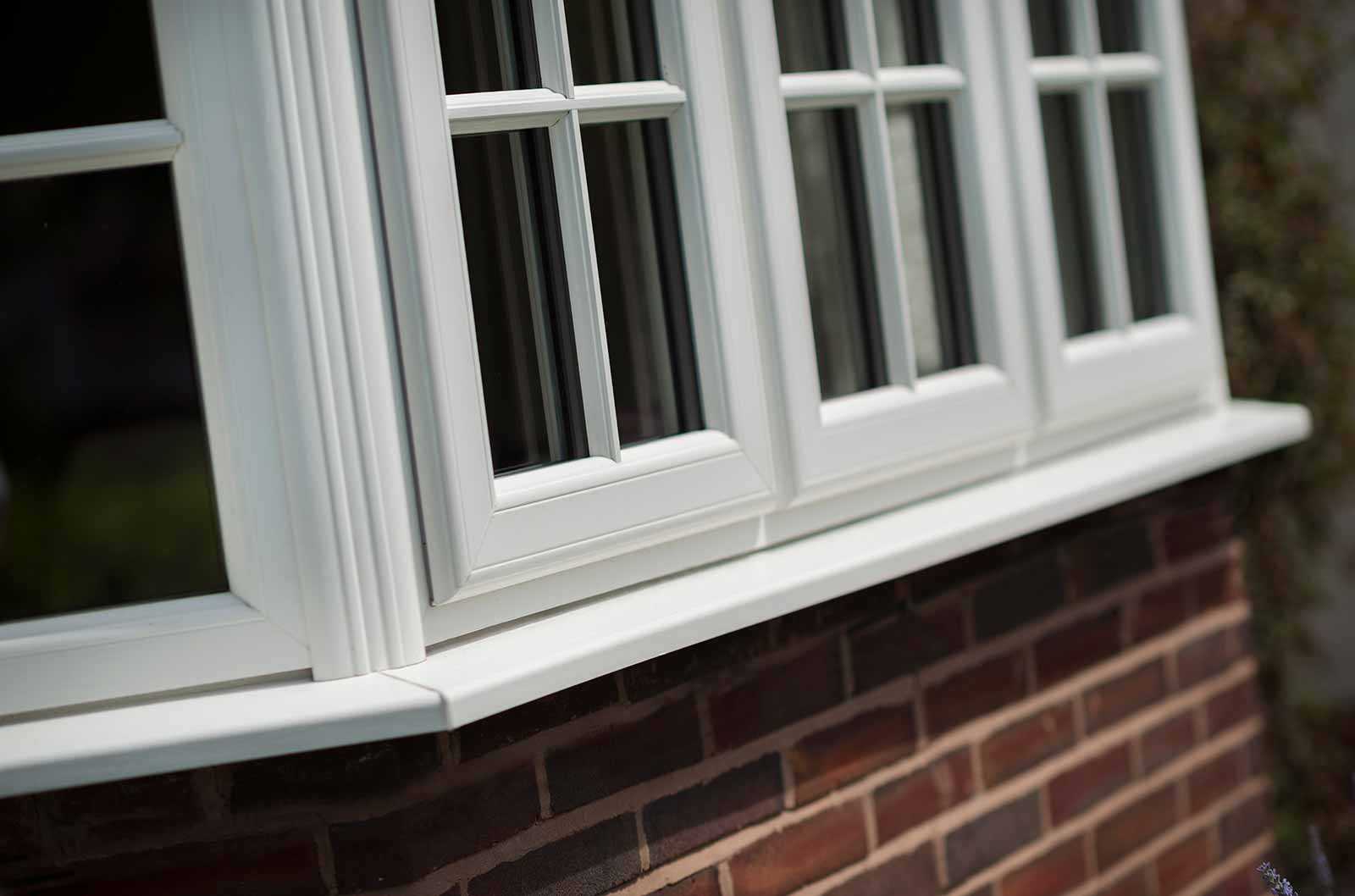
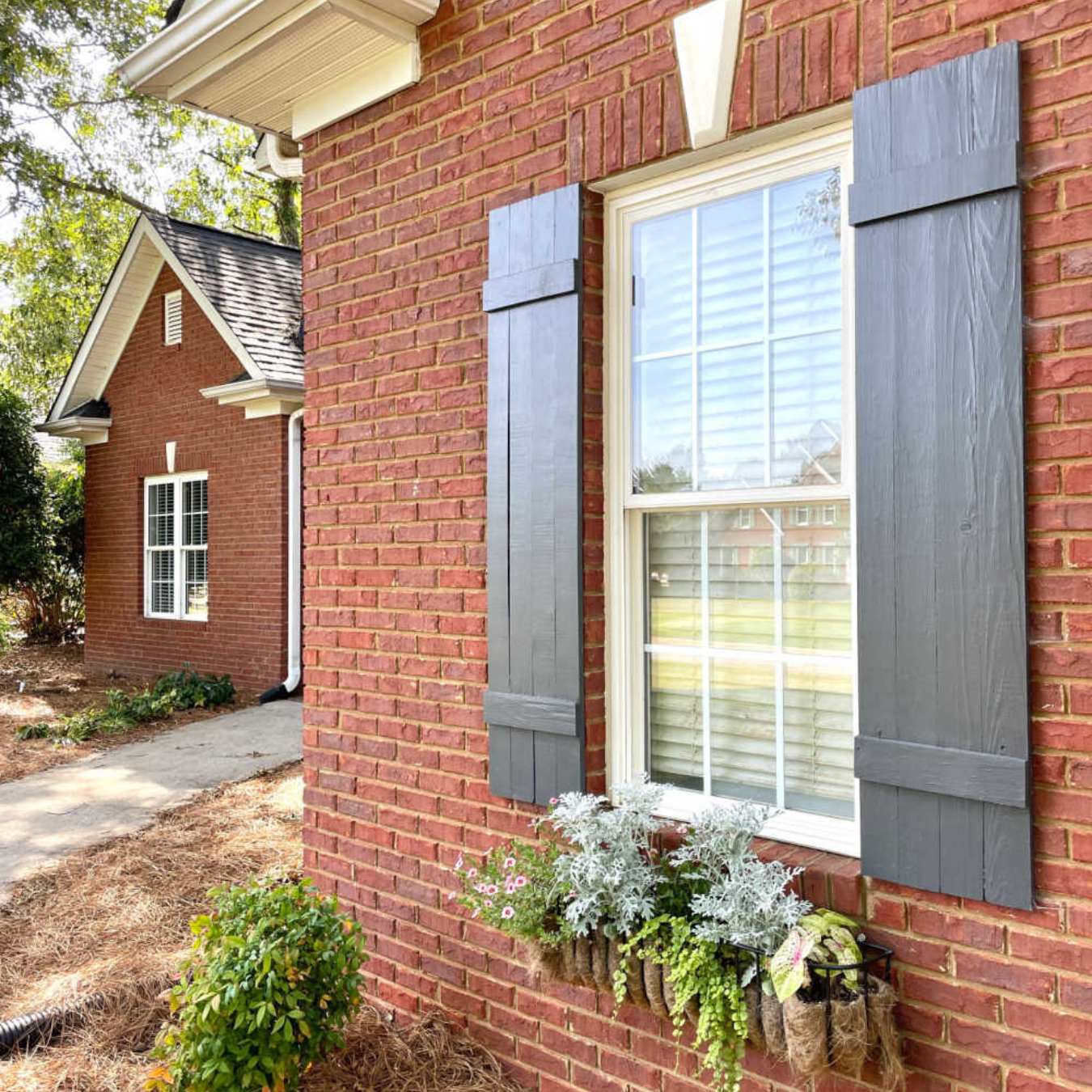
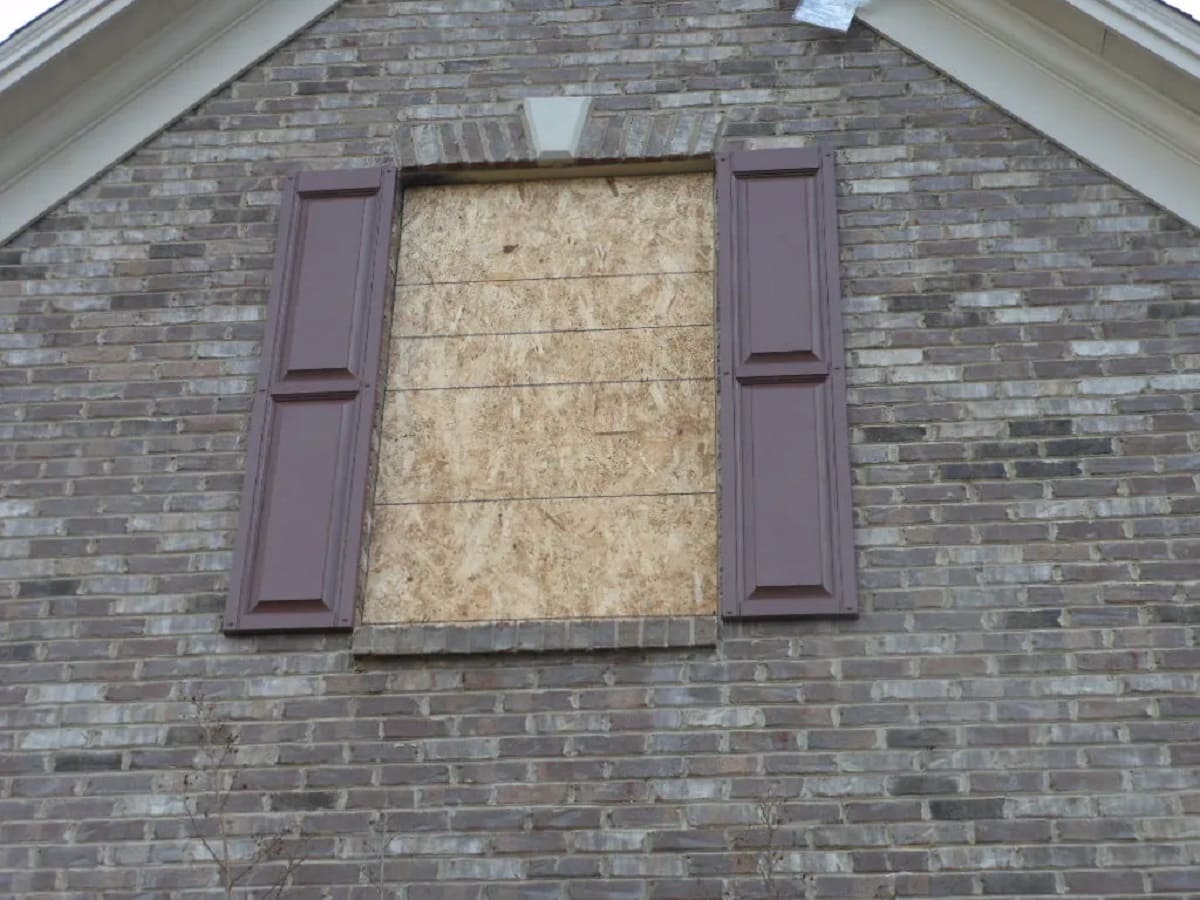
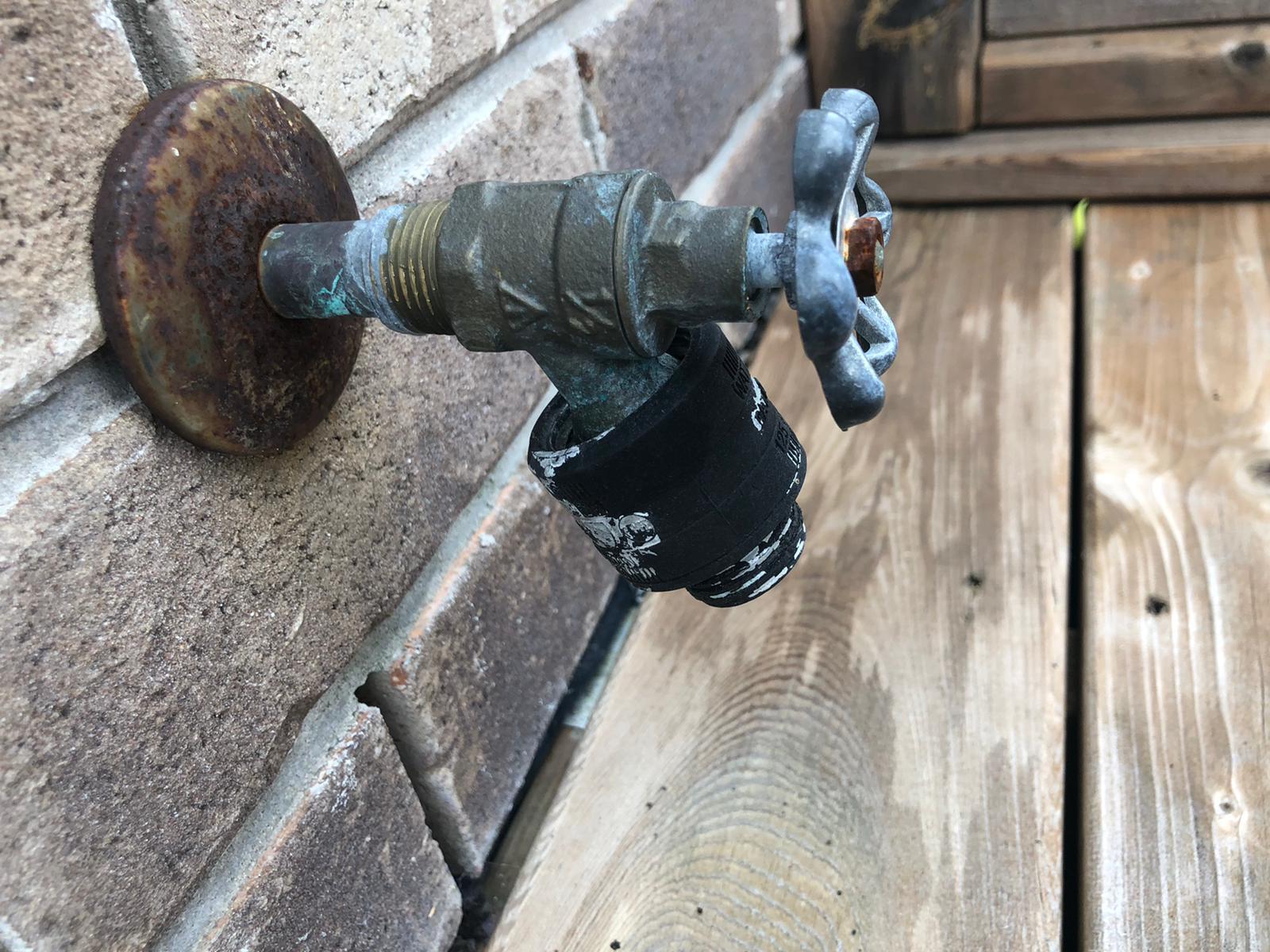
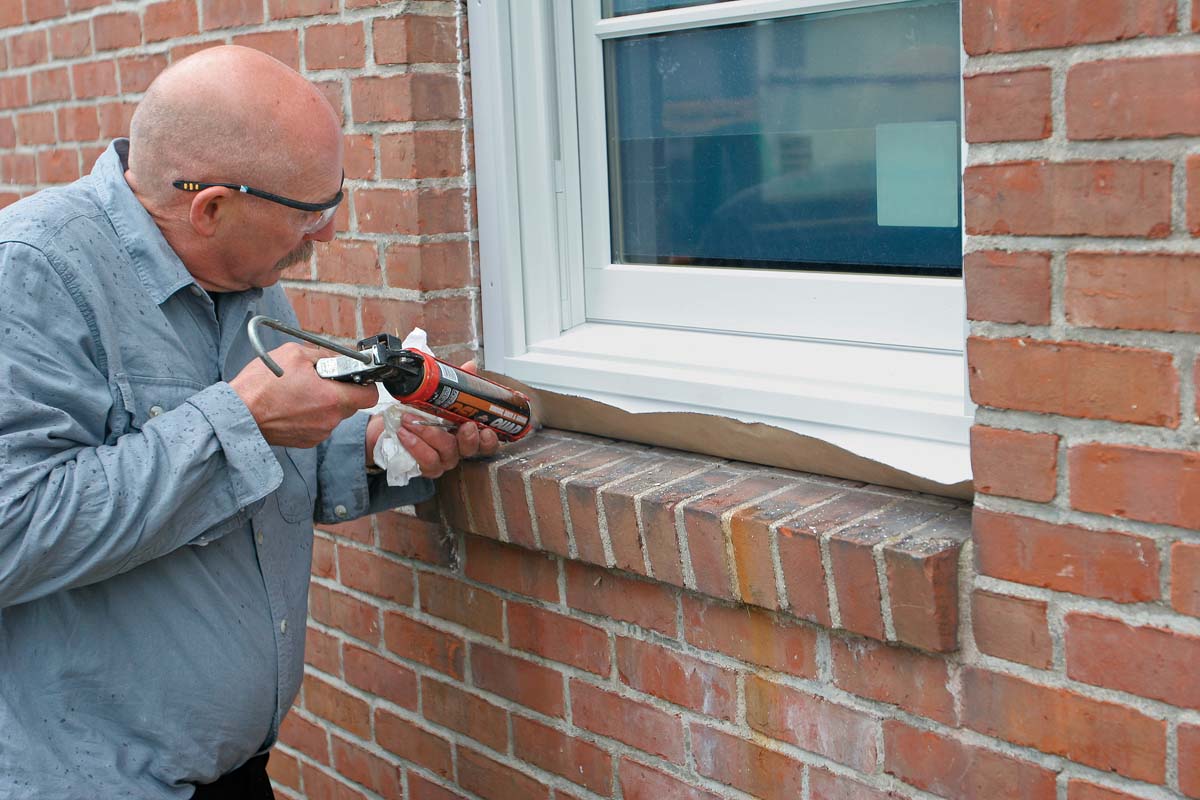
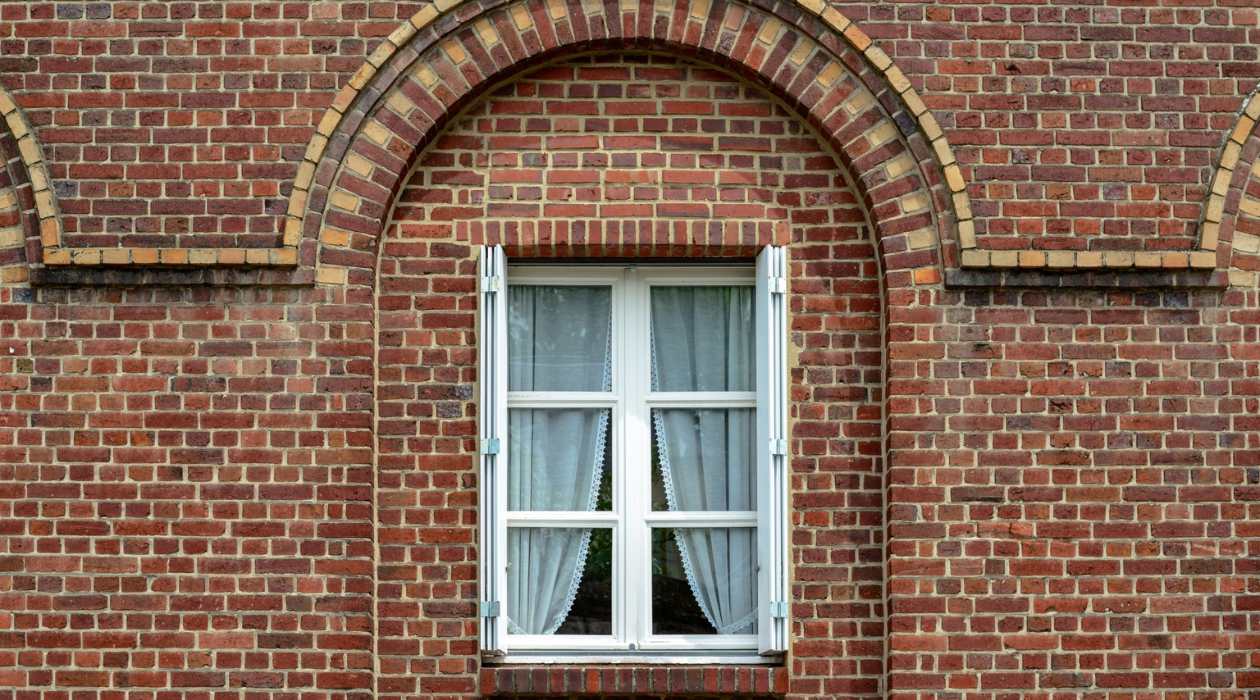
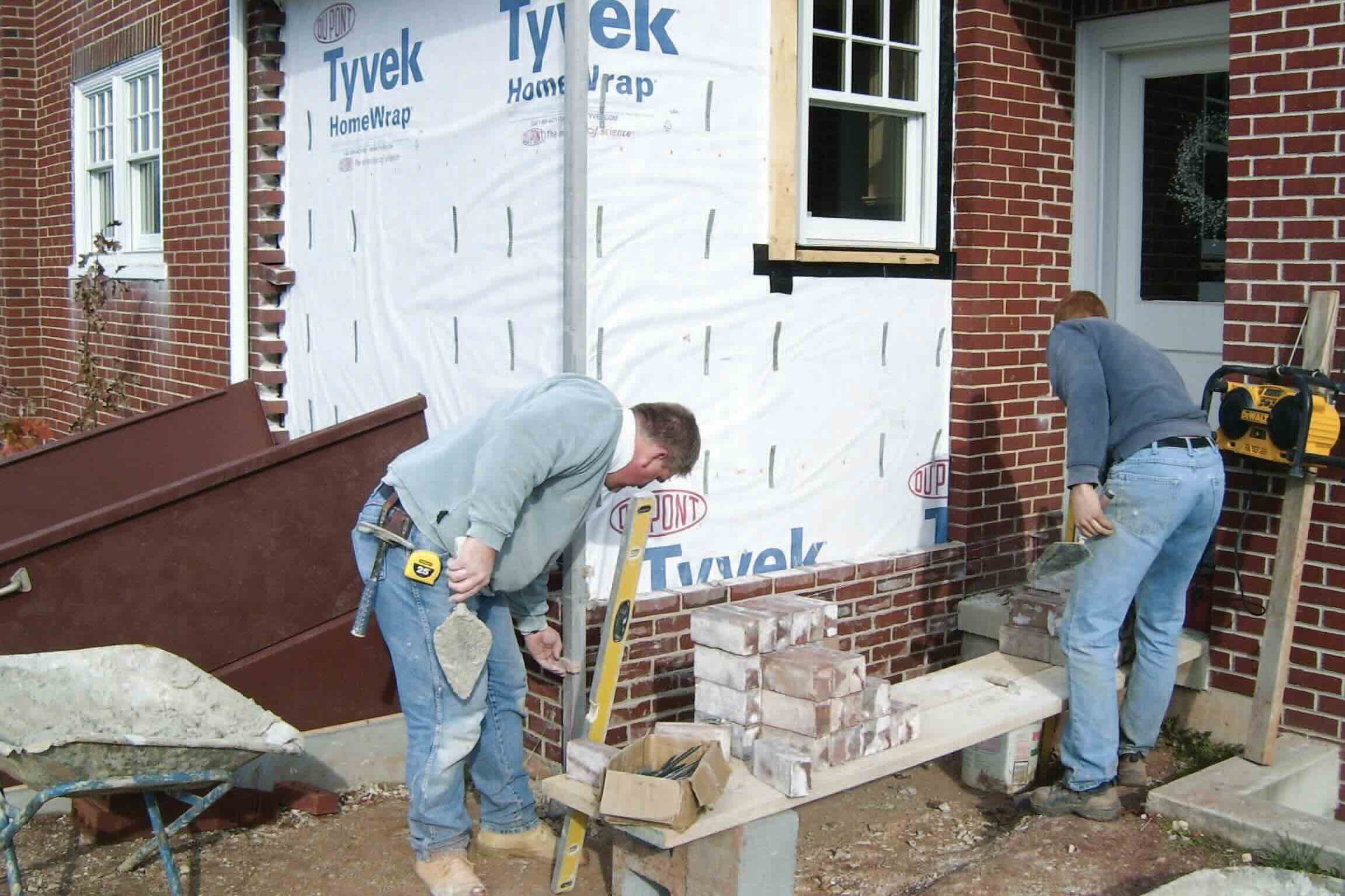
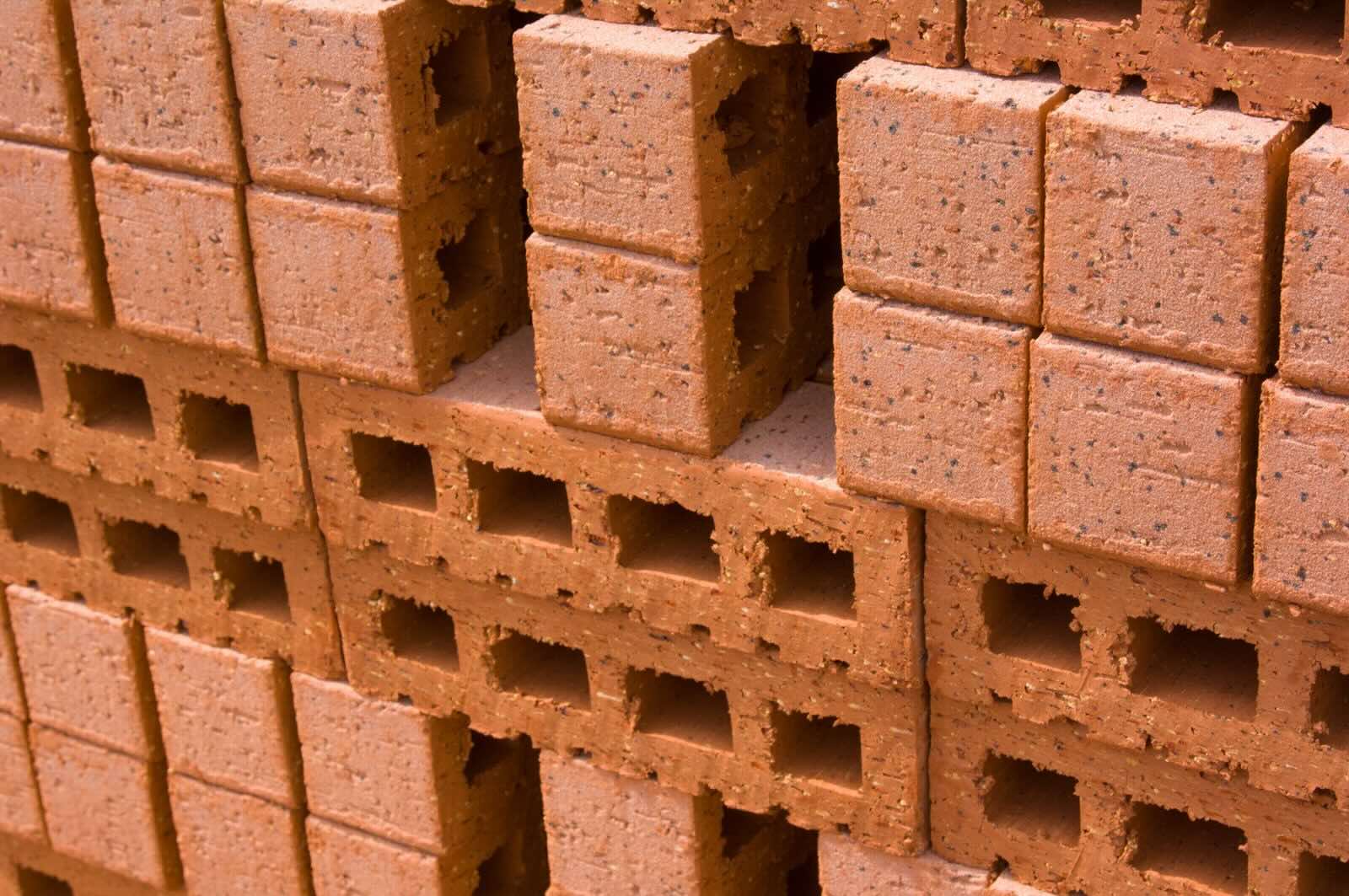
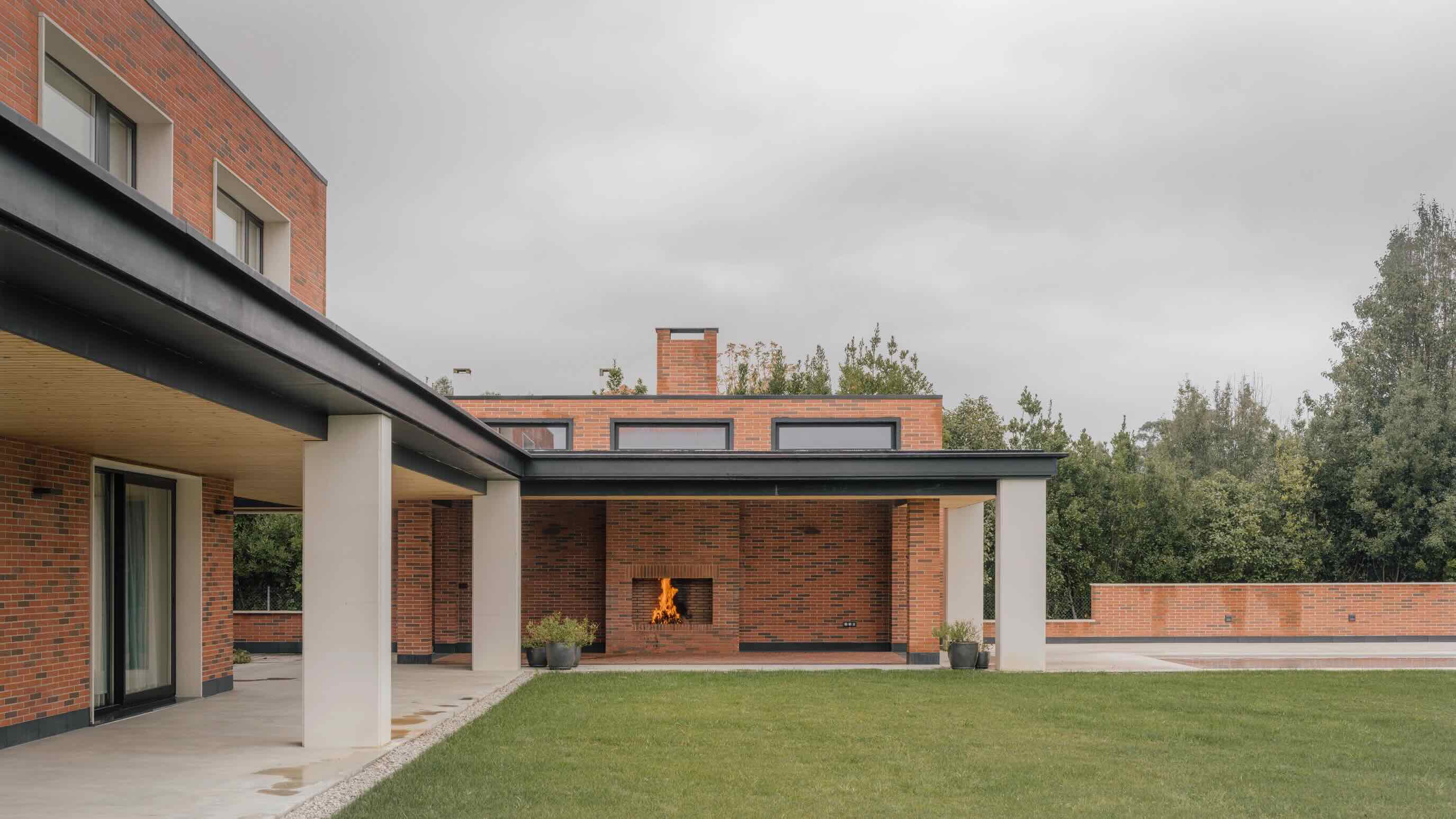
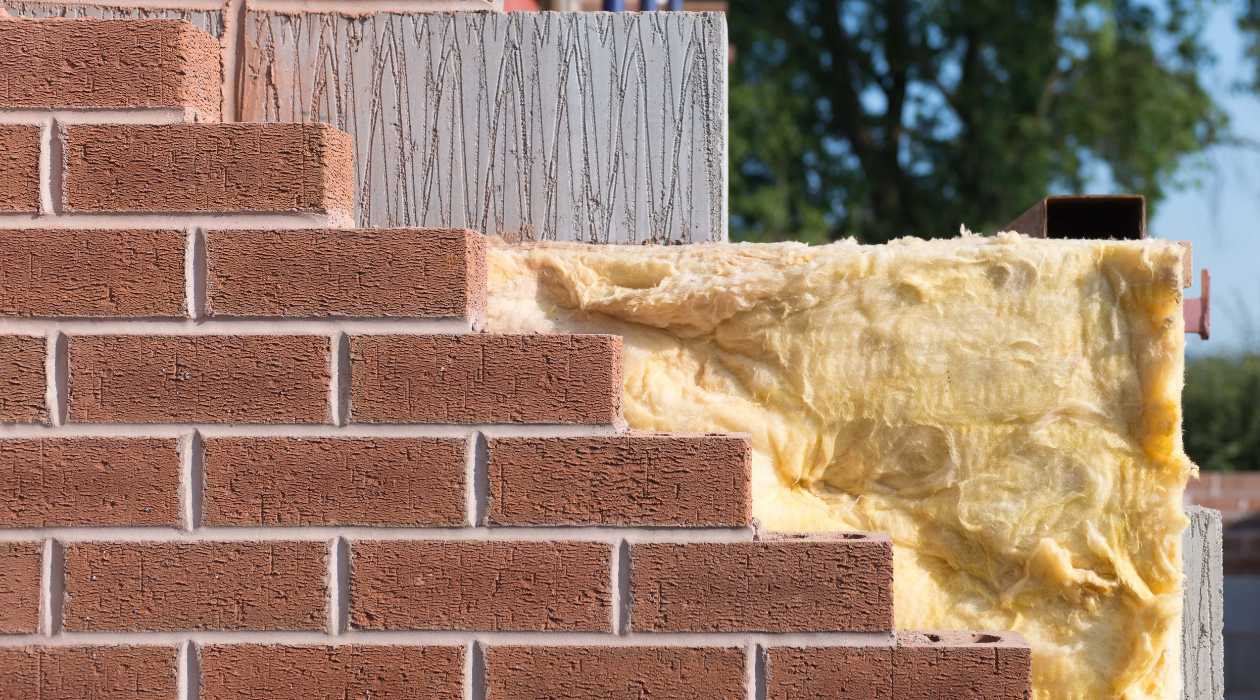

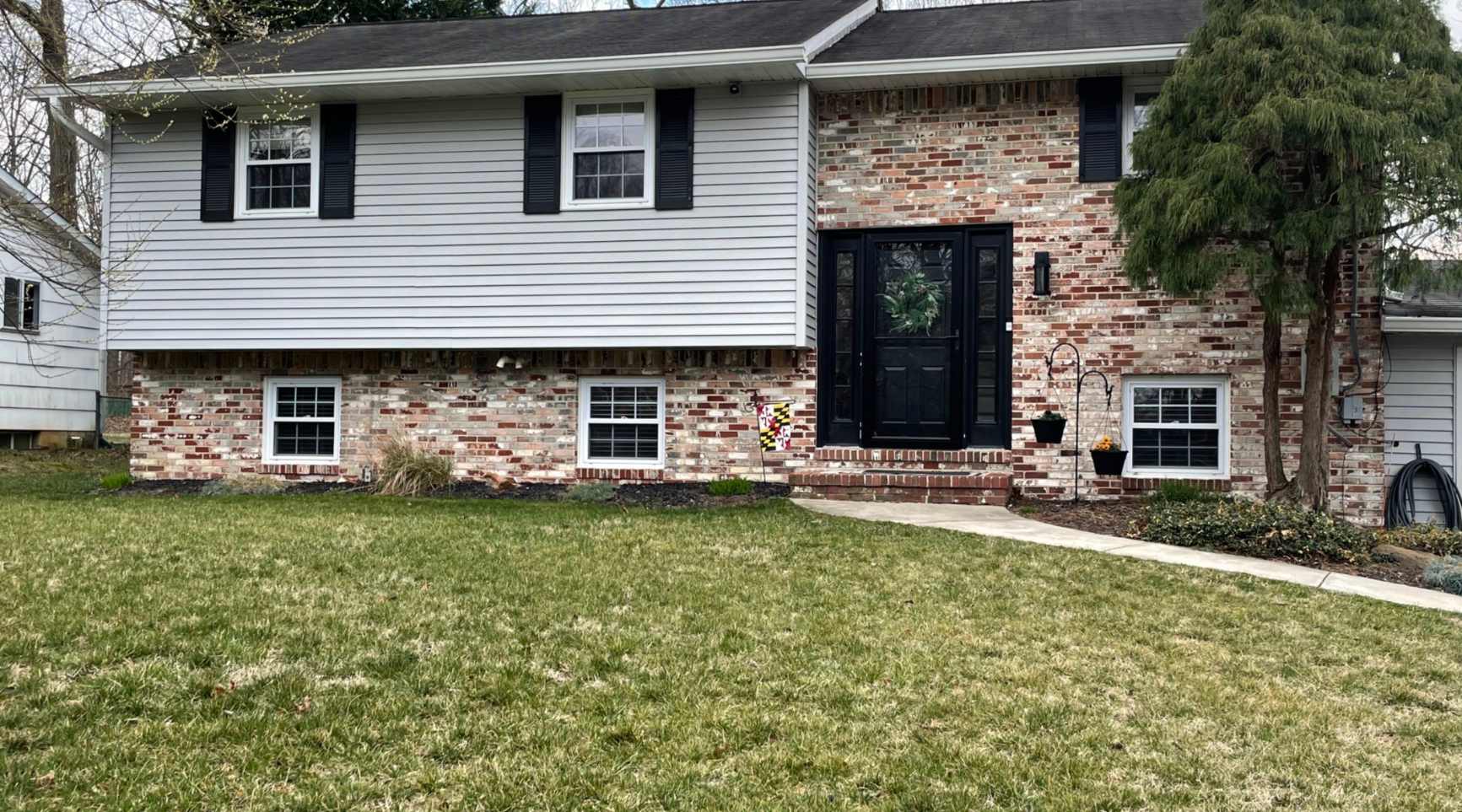
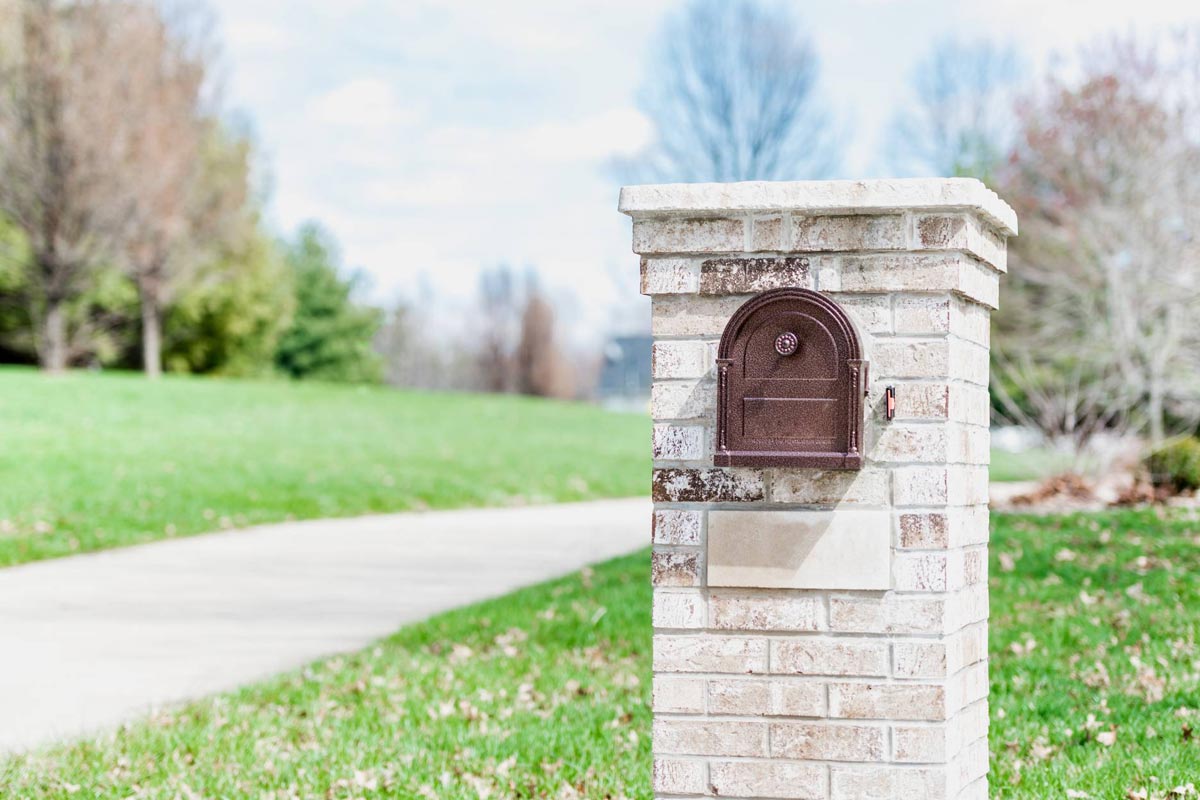
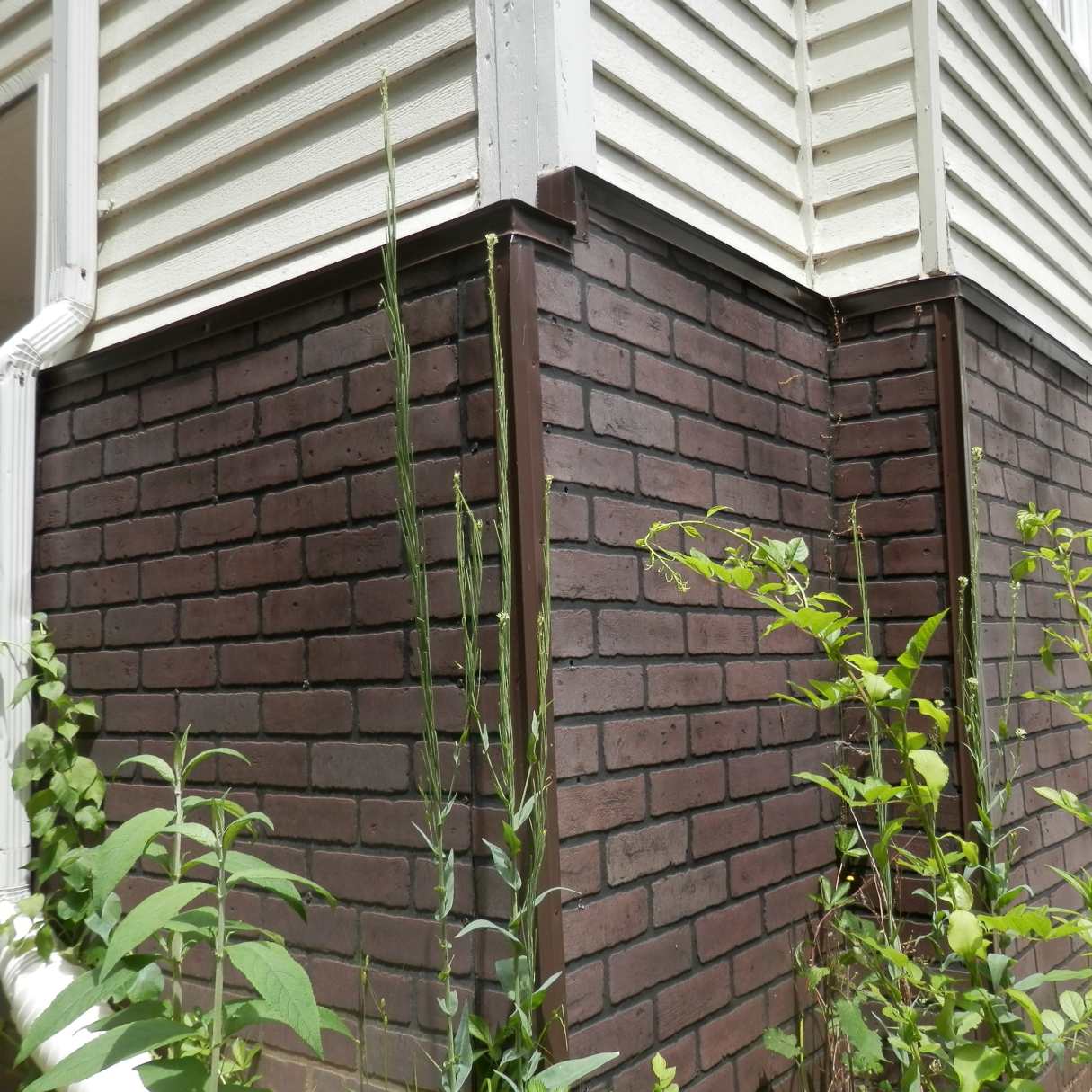

0 thoughts on “How To Replace Windows On A Brick House”